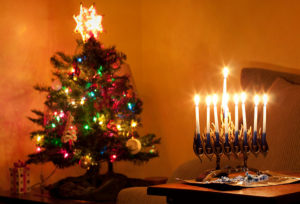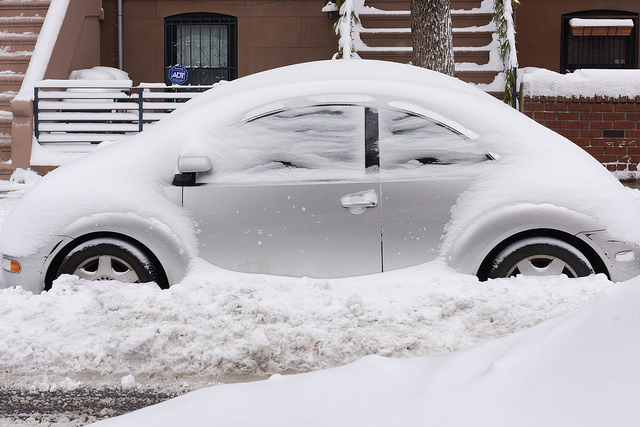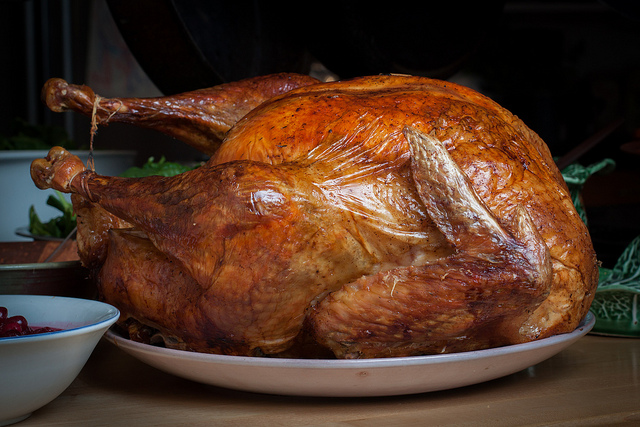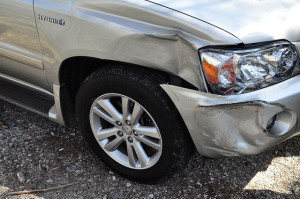 The winter holiday season is most often a time of joy and excitement. However, it can also be a time of stress and disappointment for both host families and au pairs.
The winter holiday season is most often a time of joy and excitement. However, it can also be a time of stress and disappointment for both host families and au pairs.
Here are some ideas and insights that will hopefully help you avoid the stress and disappointment and share more of the joy and excitement.
Holiday Work Schedules
Miscommunication over the schedule is the #1 issue for host families and au pairs over the holidays. As a reminder to assist with scheduling, program guidelines state an au pair can work up to 45 hours per week and no more than 10 hours per day. Hours cannot be carried from week to week. Please take the time to discuss your schedules and expectations.
The au pair program regulations do not have requirements for au pairs to be given holidays off. However, in the spirit of the program and since most parents will be at home spending time with their children, the majority of host families give au pairs some or all of the winter holidays off: Thanksgiving Day, Christmas Day, New Year’s Eve and New Year’s Day. Please discuss this so that everyone is clear about the schedule when making holiday plans.
Religion
For au pairs with religious beliefs different from your own, you may choose to encourage her to share the associated traditions with your family. If you are not comfortable with this aspect of cultural exchange, your au pair may need your help as well as appropriate time off to participate in her own holiday traditions with another family, with a community group or with a religious institution. Enabling her to do this is very important. Her holiday or her time to celebrate the holiday may not be the same as yours; try to take this into consideration if you can when you make her work schedule. You may find that there is no conflict in giving her time off if her traditions are different, and it can relieve a great deal of anxiety to take her preferences into consideration. If you do need your au pair to work during the holiday, please tell her way in advance so that it is not a surprise. Help her to see this as a positive aspect of the cultural exchange if she will be actively sharing in the holiday celebration.
Changes to Routine
The dynamics of established relationships and routines change during the holiday. The parents are home more, and this is unsettling to the children as well as to the au pair. Some different work expectations may be needed since the kids may prefer to hover around the parents. This can make an au pair feel unwanted and unsure of what is expected of her. The high emotions and energy of the children (compared to their more reasonable behavior during the rest of the year) may seem like craziness to the au pair. Assure her that this new set of behaviors is temporary and the household will be back to normal soon. In the meantime, suggest specific things she can do to help. Encourage her to roll with the punches and enjoy the craziness. Also, the quantity of gifts, food, decorations, etc., can be unfamiliar and overwhelming. Try to include the au pair in some quiet, meaningful time together when the true spirit of the holidays is shared.
These are important days ahead. This is perhaps the greatest opportunity of the year to respect and learn about cultural differences, which is, indeed, one of the basic elements of the Au Pair in America program. There will be fun-filled memories. This should be a time of love and understanding. Please do your part to make that happen.
Wishing you all every happiness of the season!
Photo: Sean Hobson
 The best advice for driving in bad winter weather is not to drive at all, if you can avoid it. Don’t go out until the snow plows and sanding trucks have had a chance to do their work, and allow yourself extra time to reach your destination.
The best advice for driving in bad winter weather is not to drive at all, if you can avoid it. Don’t go out until the snow plows and sanding trucks have had a chance to do their work, and allow yourself extra time to reach your destination. 

 November 21, 2018 will be the 46th annual World Hello Day. Anyone can participate in World Hello Day simply by greeting ten people. This demonstrates the importance of personal communication for preserving peace.
November 21, 2018 will be the 46th annual World Hello Day. Anyone can participate in World Hello Day simply by greeting ten people. This demonstrates the importance of personal communication for preserving peace. The winter holiday season is most often a time of joy and excitement. However, it can also be a time of stress and disappointment for both host families and au pairs.
The winter holiday season is most often a time of joy and excitement. However, it can also be a time of stress and disappointment for both host families and au pairs.


 Swords, knives, and other costume accessories should be short, soft, and flexible.
Swords, knives, and other costume accessories should be short, soft, and flexible. Avoid trick-or-treating alone. Walk in groups or with a trusted adult.
Avoid trick-or-treating alone. Walk in groups or with a trusted adult. Fasten reflective tape to costumes and bags to help drivers see you.
Fasten reflective tape to costumes and bags to help drivers see you. Examine all treats for choking hazards and tampering before eating them. Limit the amount of treats you eat.
Examine all treats for choking hazards and tampering before eating them. Limit the amount of treats you eat.
 Hold a flashlight while trick-or-treating to help you see and others see you. WALK and don’t run from house to house.
Hold a flashlight while trick-or-treating to help you see and others see you. WALK and don’t run from house to house. Look both ways before crossing the street. Use crosswalks wherever possible.
Look both ways before crossing the street. Use crosswalks wherever possible. Only walk on sidewalks whenever possible, or on the far edge of the road facing traffic to stay safe.
Only walk on sidewalks whenever possible, or on the far edge of the road facing traffic to stay safe. Wear well-fitting masks, costumes, and shoes to avoid blocked vision, trips, and falls.
Wear well-fitting masks, costumes, and shoes to avoid blocked vision, trips, and falls. Never walk near lit candles or luminaries. Be sure to wear flame-resistant costumes.
Never walk near lit candles or luminaries. Be sure to wear flame-resistant costumes. A carved or decorated pumpkin is called a jack-o-lantern. If you are carving your pumpkin, I recommend that you wait until no more than a week before Halloween, so it will be fresh for the big day. If you are doing this with your host kids, be very careful with the sharp objects.
A carved or decorated pumpkin is called a jack-o-lantern. If you are carving your pumpkin, I recommend that you wait until no more than a week before Halloween, so it will be fresh for the big day. If you are doing this with your host kids, be very careful with the sharp objects. There are no regulations requiring host families to give au pairs any specific holidays off. In the spirit of the au pair program, many host families will give their au pair the day off on major holidays (Thanksgiving, Christmas, New Year’s Eve, July 4th). Most au pairs look forward to sharing holidays like Thanksgiving and Christmas with their host families to truly experience American family life.
There are no regulations requiring host families to give au pairs any specific holidays off. In the spirit of the au pair program, many host families will give their au pair the day off on major holidays (Thanksgiving, Christmas, New Year’s Eve, July 4th). Most au pairs look forward to sharing holidays like Thanksgiving and Christmas with their host families to truly experience American family life.